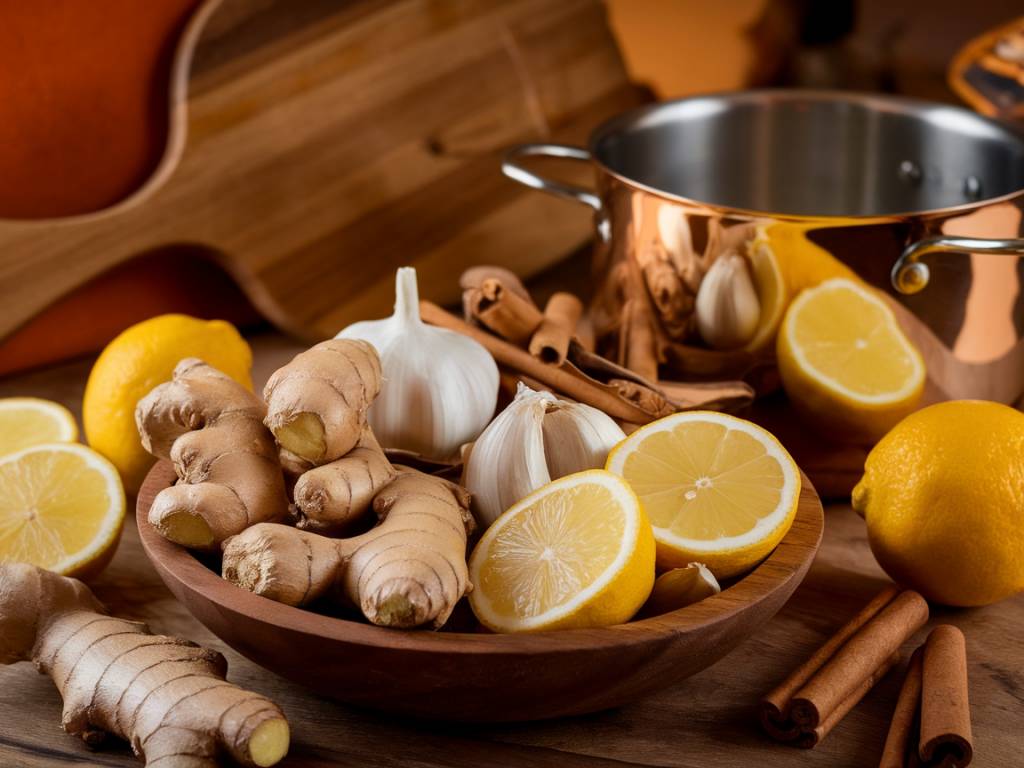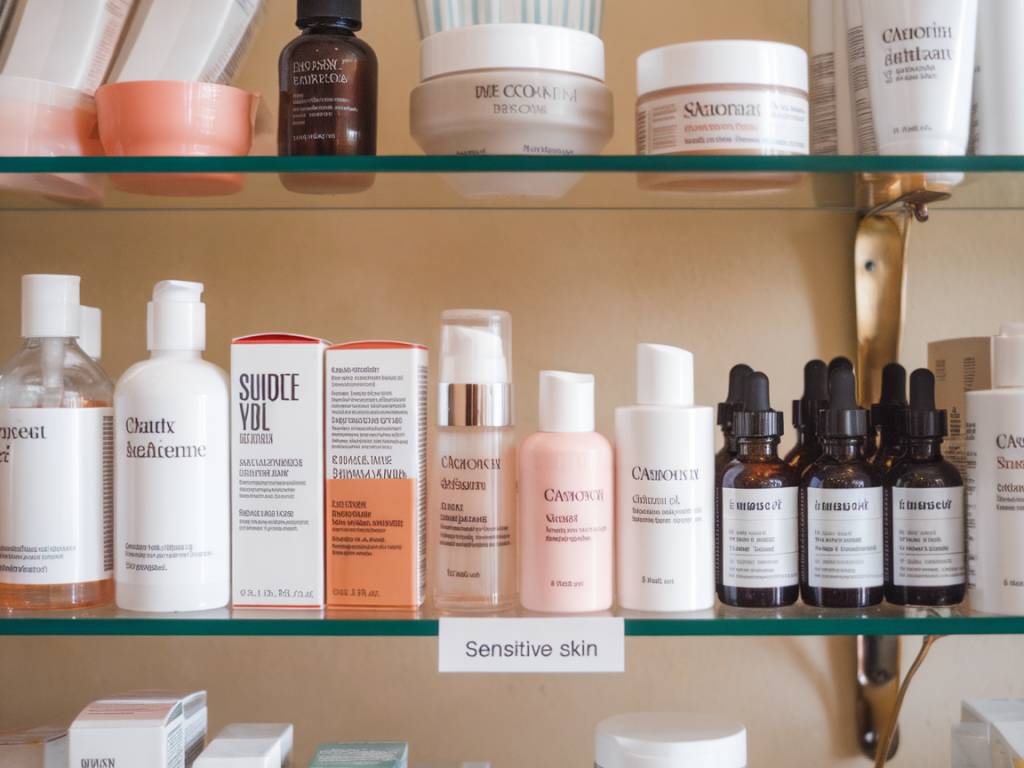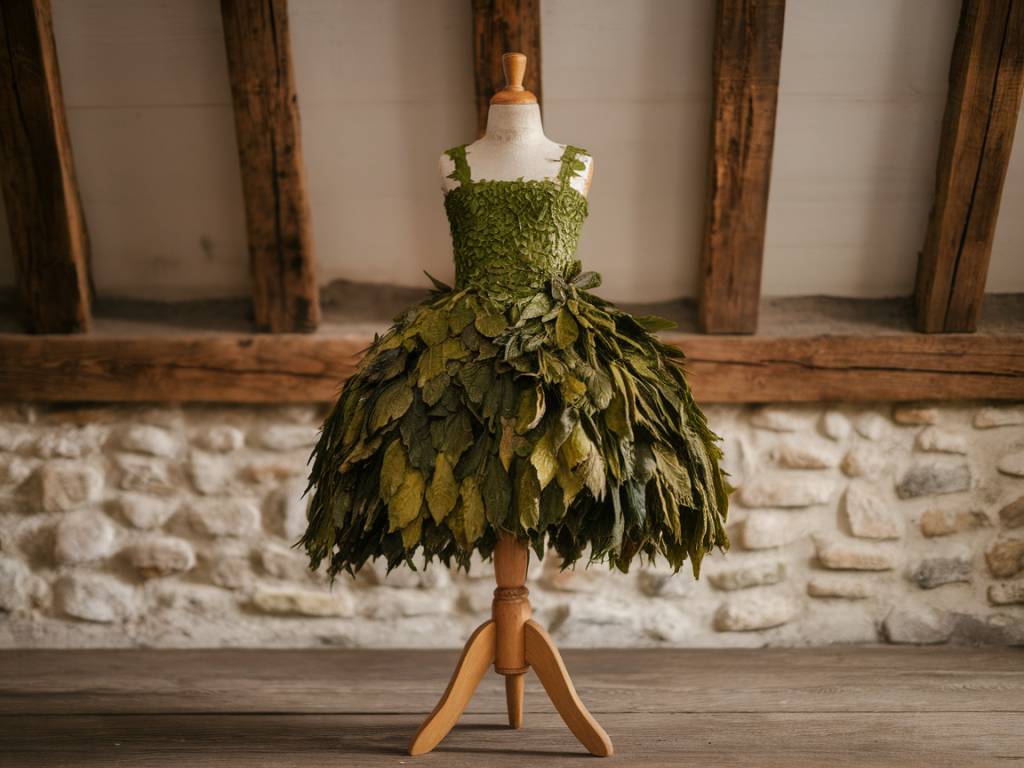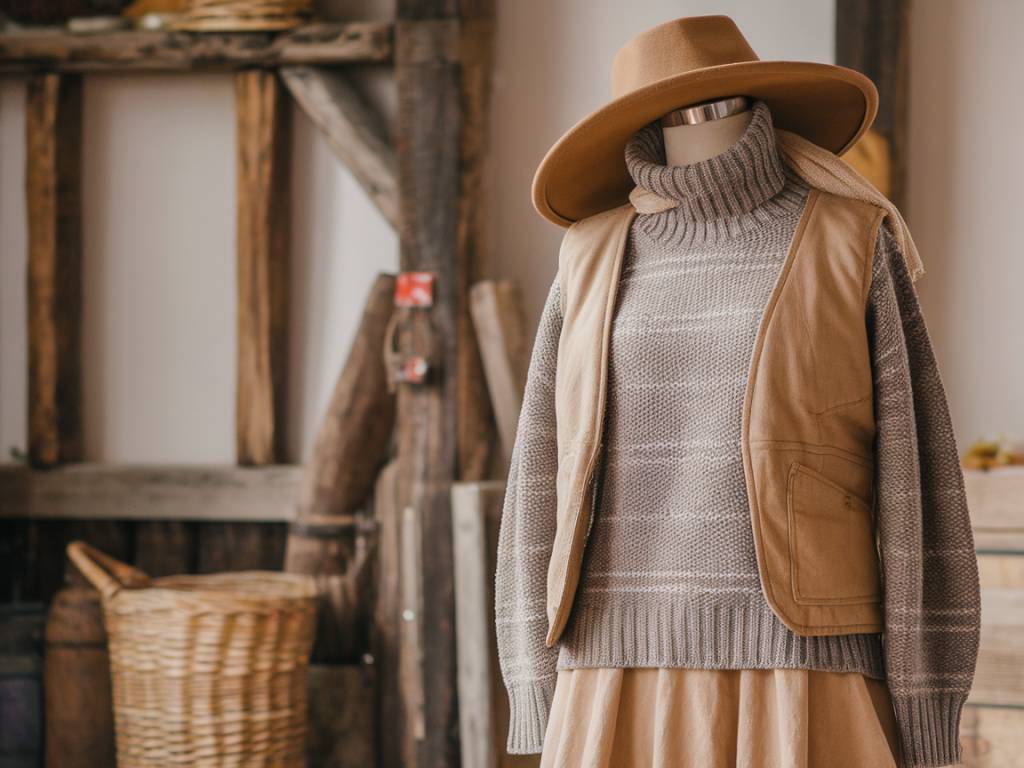Why Natural Wasp Repellents Are Your Summer Lifesaver
As soon as the sun shines and temperatures rise, wasps emerge in force—buzzing around picnics, hovering at barbecues, and turning backyard gatherings into nerve-wracking ordeals. While chemical sprays can be effective, they often harm beneficial insects and leave a harsh residue. Enter boot-test natural solutions: safe, eco-friendly, and surprisingly simple. Here’s how to reclaim your outdoor space and keep wasps at a comfortable distance all summer long.
1. Block Their Food Sources
Wasps are attracted to sweet drinks, uncovered fruit, and open garbage cans. By removing these temptations, you make your yard far less appealing.
- Cover food and drinks whenever you pause for lunch. Use mesh food tents or simply keep lids on glasses and plates.
- Clean spills immediately—even sticky soda drops on the table top can draw wasps from yards away.
- Seal trash bins with tight-fitting lids and replace liners regularly to prevent odours.
With no easy sugar source, most wasps will move on to more hospitable territories—leaving you to enjoy lemonade in peace.
2. Plant Wasp-Repelling Herbs and Flowers
Certain plants emit natural compounds that wasps find unappealing. Incorporate these into your garden beds, patio containers, or window boxes for around-the-clock protection.
- Mint (peppermint, spearmint): Crush a few leaves to release strong menthol vapours that deter wasps.
- Citronella and lemongrass: Known for repelling mosquitoes, these fragrant oils also discourage wasps.
- Geraniums with lemon, rose, or citronella scents: Attractive blooms for you, disagreeable aromas for wasps.
- Eucalyptus: Plant a small bush or display cut branches in vases around your seating area.
These greenery-based barriers look beautiful and work day and night to reduce wasp patrols.
3. Use Essential Oil Sprays
For an easy, portable solution, mix a few drops of essential oils with water in a spray bottle:
- Peppermint oil (10–12 drops per 250 ml water).
- Clove oil or eucalyptus oil (6–8 drops).
- A squirt of mild liquid dish soap to help the mixture cling to surfaces.
Shake well and spritz generously on patio furniture, door frames, and near food prep areas. Reapply every 2–3 days or after rain. Wasps dislike the strong scent and will avoid sprayed zones.
4. Create Decoy Nests
Wasps are territorial and tend to avoid establishing hives near existing ones. You can exploit this behaviour by hanging fake nests around your garden:
- Buy lightweight wasp nest decoys online or at garden centres.
- Alternatively, craft a DIY decoy by placing a wadded-up brown paper bag or crumpled brown gym bag in a tree or under eaves.
- Position decoys at eye level, where incoming wasps will spot them and steer clear.
Even a simple paper bag nest can ward off new colonies, helping you maintain a calm, wasp-free perimeter.
5. Set Up Non-Toxic Traps
If wasps persist, traps can capture and reduce local populations without harsh chemicals. Try one of these low-tox solutions:
- Bottle trap: Cut the top off a plastic soda bottle and invert it as a funnel. Fill the bottom with a mix of water, a dash of dish soap, and a tablespoon of sugar or fruit juice.
- Plugin lures: Some plug-in insect traps attract wasps with UV light and capture them on sticky pads.
- Beer or meat bait: Wasps also feed on protein. A small amount of beer or tuna water in a shallow dish can lure food-seeking wasps away from your guests.
Place traps well away from seating areas to draw wasps toward safe capture zones rather than showdown spots.
Bonus Tips for a Wasp-Free Gathering
Beyond these core methods, keep these additional pointers in mind:
- Avoid bright floral prints in your décor—wasps mistake vivid flower patterns for real blooms.
- Minimise strong perfumes and scented candles near food areas—these can attract rather than repel wasps.
- Maintain your yard by trimming overgrown branches and closing gaps under eaves, making it harder for wasp nests to develop.
Enjoy the Outdoors Without the Buzz
By combining simple preventive steps—covering food, planting repellent greenery, spraying essential oils, hanging decoy nests, and setting non-toxic traps—you can dramatically reduce wasp encounters. With a little planning, your patio and garden will once again become serene settings for laughter, sunshine, and summertime memories with zero buzzing interruptions.








